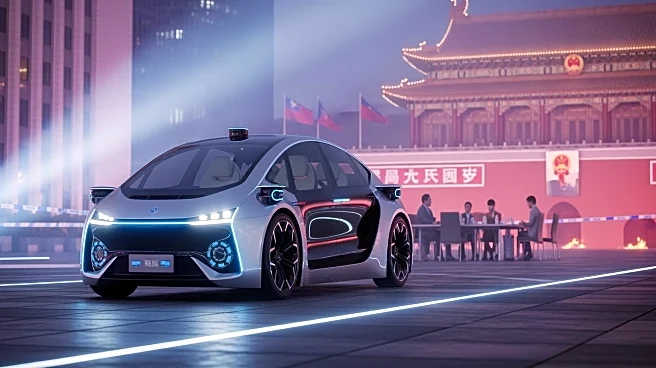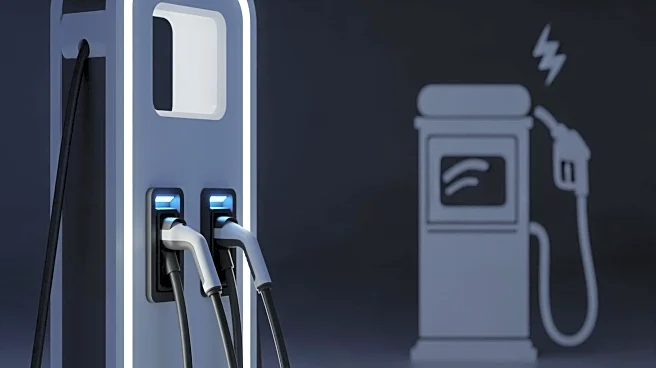What's Happening?
In the third quarter of 2025, half of the 16 major global automakers reported increased revenue and sales volumes, particularly those with significant exposure to the U.S. market. This surge coincided with the expiration of the $7,500 federal tax credit
for electric vehicles (EVs) at the end of the quarter. The impending end of the tax credit prompted consumers to accelerate their purchase plans, leading to a notable increase in consumption. This development highlights the impact of government incentives on consumer behavior and the automotive industry's performance.
Why It's Important?
The expiration of the federal tax credit for EVs is a significant event for the automotive industry, particularly for companies heavily invested in electric vehicle production. The surge in sales prior to the credit's expiration underscores the importance of such incentives in driving consumer demand. Automakers that have capitalized on this trend may see short-term gains, but the long-term implications could include a slowdown in EV sales as the financial incentive is removed. This situation may prompt industry stakeholders to advocate for new policies to sustain EV market growth.
What's Next?
As the industry adjusts to the absence of the federal tax credit, automakers may explore alternative strategies to maintain sales momentum. This could include offering promotional discounts or financing options to attract consumers. Additionally, industry leaders might engage with policymakers to discuss potential new incentives or regulations that could support the continued growth of the EV market. The response from consumers and the industry will be crucial in shaping the future landscape of electric vehicle sales in the U.S.
Beyond the Headlines
The expiration of the EV tax credit may also have broader implications for environmental policy and the transition to sustainable transportation. As automakers and consumers navigate this change, there may be increased pressure on the government to implement new measures that align with climate goals and support the adoption of cleaner technologies. This could lead to a reevaluation of existing policies and the introduction of new initiatives aimed at reducing carbon emissions and promoting green energy solutions.














